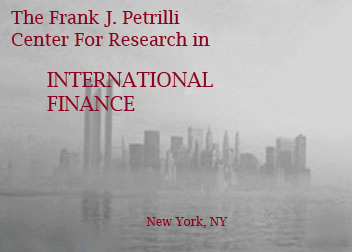Disciplines
Finance and Financial Management
Abstract
We study the validity of uncovered interest-rate parity (UIP) by constructing ultra long time series that span two centuries. The forward-premium regressions yield positive slope estimates over the whole sample period and become negative only when the sample is dominated by the period of 1980s. We also find that large interest-rate differentials have significantly stronger forecasting powers for currency movements than small interest-rate differentials. Furthermore, when we regress domestic currency returns on foreign bonds against returns on domestic bonds as an alternative test for UIP, the null hypotheses of zero intercept and unit slope cannot be rejected in most cases. Time-series plots of the two return series reveal that their differences are close to zero on average, although large deviations can occur during some sample periods. A historical account of expected and realized regime changes further illustrates how uncovered interest-rate parity holds over the very long haul but can be deviated from for a long period of time due to slow adjustment of expectations to actual regime changes or to anticipations for extended periods of regime changes or other big events that never materialize.
Recommended Citation
Lothian, James R. and Wu, Liuren, "Uncovered Interest-Rate Parity over the Past Two Centuries" (2005). CRIF Working Paper series. 8.
https://research.library.fordham.edu/crif_working_papers/8

